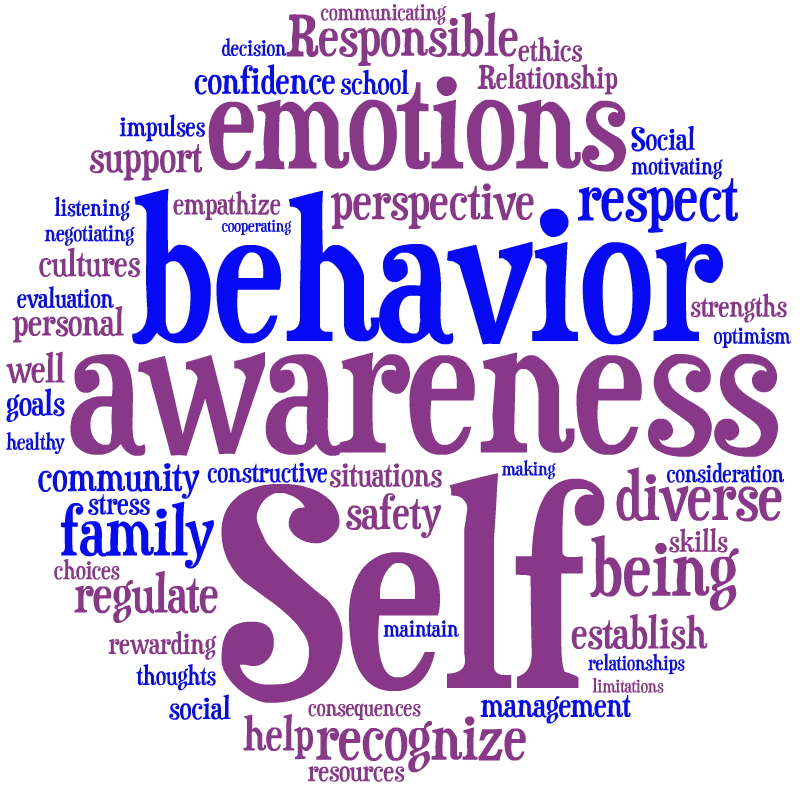One of the things that sets Restorative Practices aside from many other approaches is its attention to the thinking of various parties involved. We ask questions like:
- "What were you thinking at the time?
- "What did you think when that happened?
- "What have you thought about since?"
Most other approaches tend to focus on establishing the "truth" of who did what, and attend to the feelings of those involved, especially the "victim".
So why can a focus on thinking be restorative? I can think of two main reasons:
1. To gain greater insight into what happened
It is very common that those involved have make erroneous assumptions and not fully understood what has happened and its implications. They may know what happened ("He stole my guitar!!") but have little insight into
- how this came to happen and
- what the motivations were
- how what actually happened differed from what was intended
- what this has meant for each party since the "guitar was stolen"
- how the matter might be resolved
- how relationships might be repaired
- how to reduce the likelihood on continuing problems
[ "Why" questions are very different. They start by identifying the "offender" as if a person can only be an offender or a victim. Then they challenge the offender to justify his/her actions or lose face - a commonly under-estimated painful and damaging experience. This in turn can make resolving the situation, repairing harm and rebuilding relationships more difficult - hence the need to impose "consequences" on the offender]
2. To gain greater insight into oneself and others
The other great value of "thinking" questions is that they may reveal contributing factors that have previously been hidden or unknown, even to the persons themselves. Teachers who use the restorative questions are frequently amazed by the insights they gain into the thinking of students they thought they knew well.
For those involved, the insights are often the basis of significant social and emotional learning and may provide a basis for (informal) cognitive behaviour "therapy" that will help improve the future life experiences of those involved.
The behaviour of some people who have certain conditions or have been neglected, traumatised and/or abused is frequently problematic. They tend to react "instinctively" to situations on the basis of their previous "similar experiences" without the kinds of insights that can make a difference. Asking the "thinking" questions and taking their thinking seriously can be the basis of a powerful, sometimes life-changing "teachable moments".





